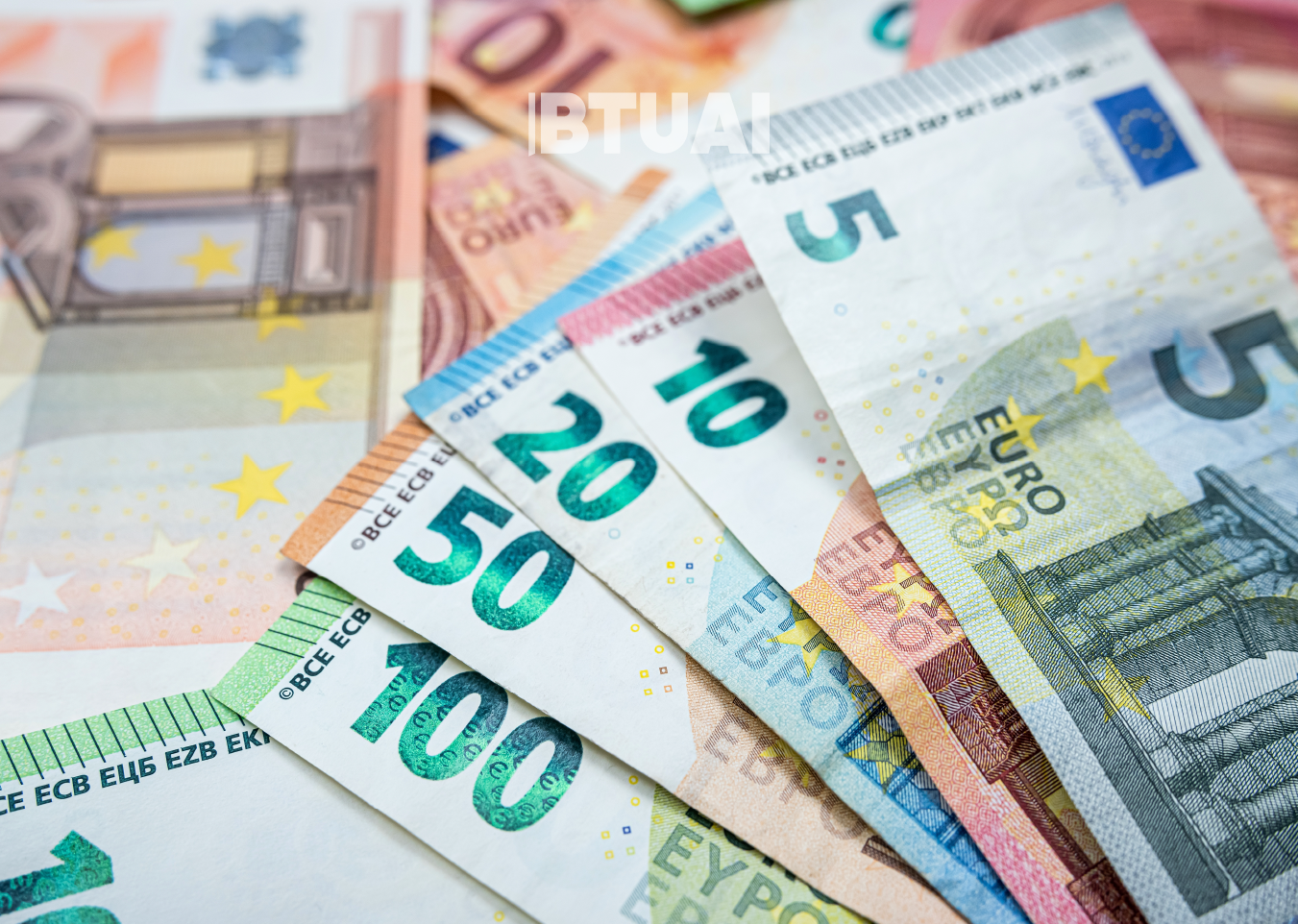The Euro’s New Opportunity: Can Europe Capitalize on the Dollar’s Weakness?
The recent turbulence in global financial markets signals a potential shift away from the unipolar dominance of the U.S.

The recent turbulence in global financial markets signals a potential shift away from the unipolar dominance of the U.S. economic model. Growing skepticism around the reliability of American financial assets—especially the U.S. dollar—has created a unique window of opportunity for Europe. The EU has begun to demonstrate greater stability, predictability, and a renewed commitment to the rule of law, all of which are attracting investor interest in euro-denominated assets.
Since February, the euro has strengthened by more than 5% against the dollar, reaching its highest level since 2021. Yet a key question remains: is this merely a temporary portfolio adjustment, or does it mark the beginning of a deeper, long-term shift that could allow the euro to challenge the dollar’s global status in a meaningful way?
Historically, the euro has had global ambitions. Upon its launch in 1999, expectations were high. But over the years, internal political fragmentation, sovereign debt crises, and prolonged periods of low yields undermined its international role. Today, the euro accounts for about 20% of global foreign currency reserves—roughly the same share it held two decades ago—while the dollar still dominates over half of global trade transactions.
Nonetheless, key changes are now underway in Europe. The eurozone has deepened its economic integration, the European Central Bank has become a more credible “lender of last resort,” and European bonds—particularly German Bunds—now offer relatively competitive yields. A particularly notable development is Germany’s decision to modify its constitutional “debt brake,” paving the way for over €1 trillion in new bonds for infrastructure and defense projects. This increases the supply of safe euro-denominated assets—an essential factor for attracting global investors.
There is also renewed discussion about issuing joint eurozone debt—an approach last seen at scale during the pandemic. While political resistance remains strong, the mere debate underscores the region’s growing financial cohesion.
At a time when U.S. trade policy faces a trust deficit and private investors are diversifying away from dollar-based assets, Europe is emerging as a natural alternative. Yet experts caution against excessive optimism: the euro’s path to global preeminence is long and complex, requiring deeper EU market integration, freer capital flows, and more dynamic economic performance.
Crucially, the dollar’s weakness is not the only driver of change. Investors appear to be embracing a broader diversification strategy—alongside the euro’s rise, gold prices are climbing, and the Swiss franc has also strengthened. This suggests that global capital is exploring alternatives, but not yet prepared to abandon the dollar entirely.
If Europe can pursue internal reforms, simplify its investment environment, and further integrate its financial markets, the euro’s global role could expand significantly. But that path will be challenging—fraught with political, economic, and regulatory hurdles. Europe’s success will depend not only on maintaining stability but also on sustaining dynamism and innovation in an era where global markets demand agility and speed.
Ultimately, Europe’s future may hinge on whether it can turn this fleeting moment of opportunity into a long-term strategic shift, rather than settling for short-term gains. A new phase in the global economy is underway—one in which the winners will be those who can offer a unique blend of strength, flexibility, and trust.




